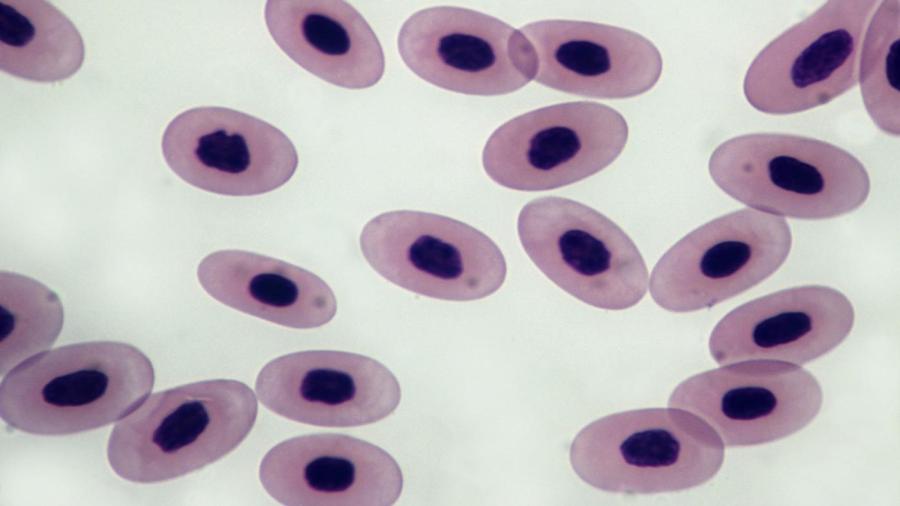11 Divided By 3 4

Cells divide for reproduction, replacement of lost or expressionless cells and to promote growth. Cell segmentation is necessary for survival. There are two methods to accomplish cell division, known equally mitosis and meiosis.
Cell Reproduction
All living organisms experience cell division every bit a function of survival. This includes plants, animals, bacteria and fungi. Reproduction is the oldest, and perhaps the simplest, reason cells split up. In reproductive fission, ane cell typically grows larger than usual, duplicates its organelles and any internal structures, and then divides into two nearly identical cells. Bacteria, for instance, employ binary fission for cell division to reproduce and multiply. Amongst microbes, this procedure, which is referred to as mitosis, is one of the most mutual means for reproduction. In multicellular organisms, such equally plants and animals, cells undergo a special form of cell division known as meiosis.
Replacement of Dead or Lost Cells
Plant and animate being cells too separate for reasons related to the needs of the organism. When a peel cell is damaged, for instance, the cells well-nigh the site of the damage ofttimes carve up as a way of replacing the lost tissue. Through a series of six phases, mitosis takes on the important chore of replacing these expressionless or lost cells. This is the repairing mechanism for the tissues that need mending. Basically, an injury to tissue stimulates growth factors in an extracellular matrix (ECM). This ECM contains the necessary biological programming to perform the repairs. Kind of like a first aid kit, the ECM uses h2o, essential minerals and compounds to aid in the healing procedure. One time the ECM takes over, the cell typically stops dividing. Even so, sometimes over-exposure or genetics can cause this to go out of control, causing a mutation. A mutation in human being bodies can be caused by external exposure to excess sunlight, pollution, cigarette fume and other toxins. It can as well be acquired internally by errors that happen within the Deoxyribonucleic acid-copying procedure, which is sometimes based on genetics.
Growth Through Jail cell Sectionalisation
Cell division actually produces new cells for growth. Recollect of an athlete who breaks down muscle tissues and fibers through exercise. The tissues and cells repair and create new growth. Therefore, the muscles gain strength with new cells. This breakdown of tissue and replacement with new cells is part of a jail cell bike. The longer someone lives and the larger his or her size is, the more cells he or she will have inside his or her trunk. Certain cells are in constant growth mode, including pare cells. Because these peel cells are shed, they have to be replaced. As many every bit 50 one thousand thousand pare cells are shed daily, according to biologists. Other cells, including nervus and encephalon cells, do non require as much cell partitioning. A built-in control system within the body keeps this cellular growth in check. It knows when to make new cells and when to end producing them. Occasionally, there is a glitch in the cellular-division organization. In the event that a cell continually divides and makes more than is needed, cancer cells can develop, leading to disease. The cell-division process has to go along a residuum to remain healthy.
11 Divided By 3 4,
Source: https://www.reference.com/science/three-reasons-cells-divide-476b89095e5306f0?utm_content=params%3Ao%3D740005%26ad%3DdirN%26qo%3DserpIndex&ueid=6da52b88-5e5f-4f1d-9ebb-9f89a83c4c8d
Posted by: geerdinduch.blogspot.com


0 Response to "11 Divided By 3 4"
Post a Comment